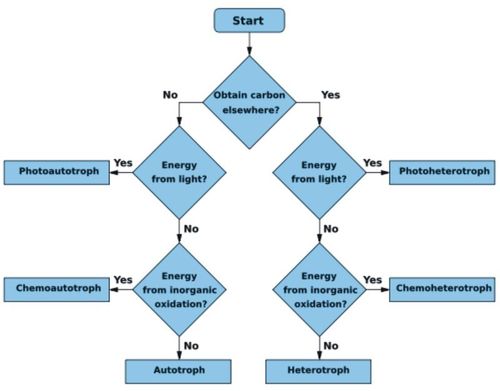Photosynthesis, often referred to as “the miracle of green energy,” is a complex biochemical process that sustains life on Earth. It intrigues scientists and environmentalists alike with its remarkable ability to convert sunlight into chemical energy, all while conserving mass and energy. But how does this process manage to keep the balance between mass and energy through such transformation? Today, let us explore the intricate dance of atoms and energy during photosynthesis, pose a thought-provoking question, and engage with the challenge of improving our understanding of this vital process.
At its core, photosynthesis involves the conversion of light energy into chemical energy stored in glucose, occurring primarily in the chloroplasts of plant cells. This extraordinary process unfolds in two main stages: the light-dependent reactions and the light-independent reactions, also known as the Calvin cycle. In these stages, mass and energy conservation are paramount, aligning with the laws of thermodynamics that govern our universe.
The first stage, the light-dependent reactions, begins when chlorophyll absorbs photons from sunlight. But what does this mean for mass? Well, sunlight is not tangible, yet it possesses energy; thus, in this stage, solar energy is captured and transformed without the loss of mass. Water molecules (H2O), absorbed from the soil, are split through a process known as photolysis. This process releases oxygen (O2) as a byproduct. In this transformation, the mass of water is conserved as it is transformed into both oxygen and protons, which are crucial for the subsequent reaction. Herein lies the challenge: can we emulate this catalytic efficiency in technological applications for renewable energy?
Through this intricate reaction, energy is harnessed to create adenosine triphosphate (ATP) and nicotinamide adenine dinucleotide phosphate (NADPH), both of which are forms of stored energy. The conversion efficiency during this phase raises an important question for scientists tackling the climate crisis: How can we improve energy capture and storage through artificial means to reduce reliance on fossil fuels?
The subsequent phase, the Calvin cycle, reveals a remarkable aspect of mass conservation. Here, the ATP and NADPH produced in the light-dependent reactions are utilized to convert carbon dioxide (CO26H12O6). This process occurs in three main steps: carbon fixation, reduction, and regeneration. During carbon fixation, CO2 is combined with a five-carbon sugar, ribulose bisphosphate (RuBP), catalyzed by the enzyme RuBisCO. The mass of carbon is conserved as it is incorporated into a stable intermediate. Once again, the connection between mass and energy becomes evident.
During the reduction phase of the Calvin cycle, the energy stored in ATP and NADPH drives the conversion of these stable intermediates into carbohydrate molecules like glucose. As the pathway unfolds, we see how carbon, hydrogen, and oxygen atoms are rearranged and conserved through various molecular forms without any net loss of mass. The elucidation of this cycle’s efficiency offers profound implications for advancing carbon capture technologies aimed at combating atmospheric CO2 levels.
Moreover, let us delve into the significance of oxygen released during photosynthesis. The miracle of green energy not only produces glucose for the sustenance of various living organisms but also plays an indispensable role in maintaining the atmospheric balance. The oxygen generated contributes to the survival of aerobic organisms like humans, adding yet another layer of interconnectedness among life forms. Now, imagine a world devoid of this oxygen—can you visualize the consequences of disrupting the conservation of mass and energy within our ecosystems?
As we paint a picture of photosynthesis, it becomes clear that understanding this process is not solely an academic pursuit; it holds the key to addressing pivotal challenges such as climate change and food security. By studying plant efficiency, there emerges an opportunity to innovate agricultural practices that harness the principles of photosynthesis to increase crop yields while demanding less from the Earth. This intersection of biology, technology, and environmental stewardship creates a vibrant nexus for exploration and innovation.
In conclusion, the miracle of photosynthesis embodies an awe-inspiring display of nature’s ability to conserve mass and energy. By capturing light energy and converting carbon dioxide into glucose with remarkable efficiency, plants serve as sustainable powerhouses. The challenge we face extends beyond merely admiring this process; it calls for active engagement in harnessing its principles to develop solutions that mitigate climate change. Can we unlock the secrets of this ancient process and apply them to modern technology? As we ponder these questions, we realize that the answers may determine the future of our planet’s health and sustainability. The miracle is not just in the leaves fluttering in the wind, but in the potential that lies within our understanding and applications of life’s most fundamental processes.






